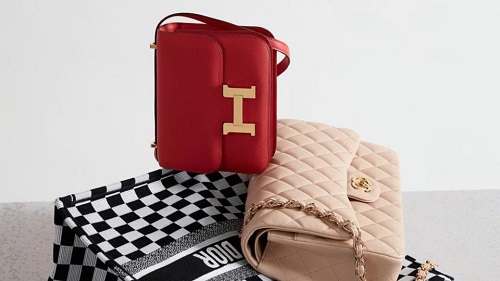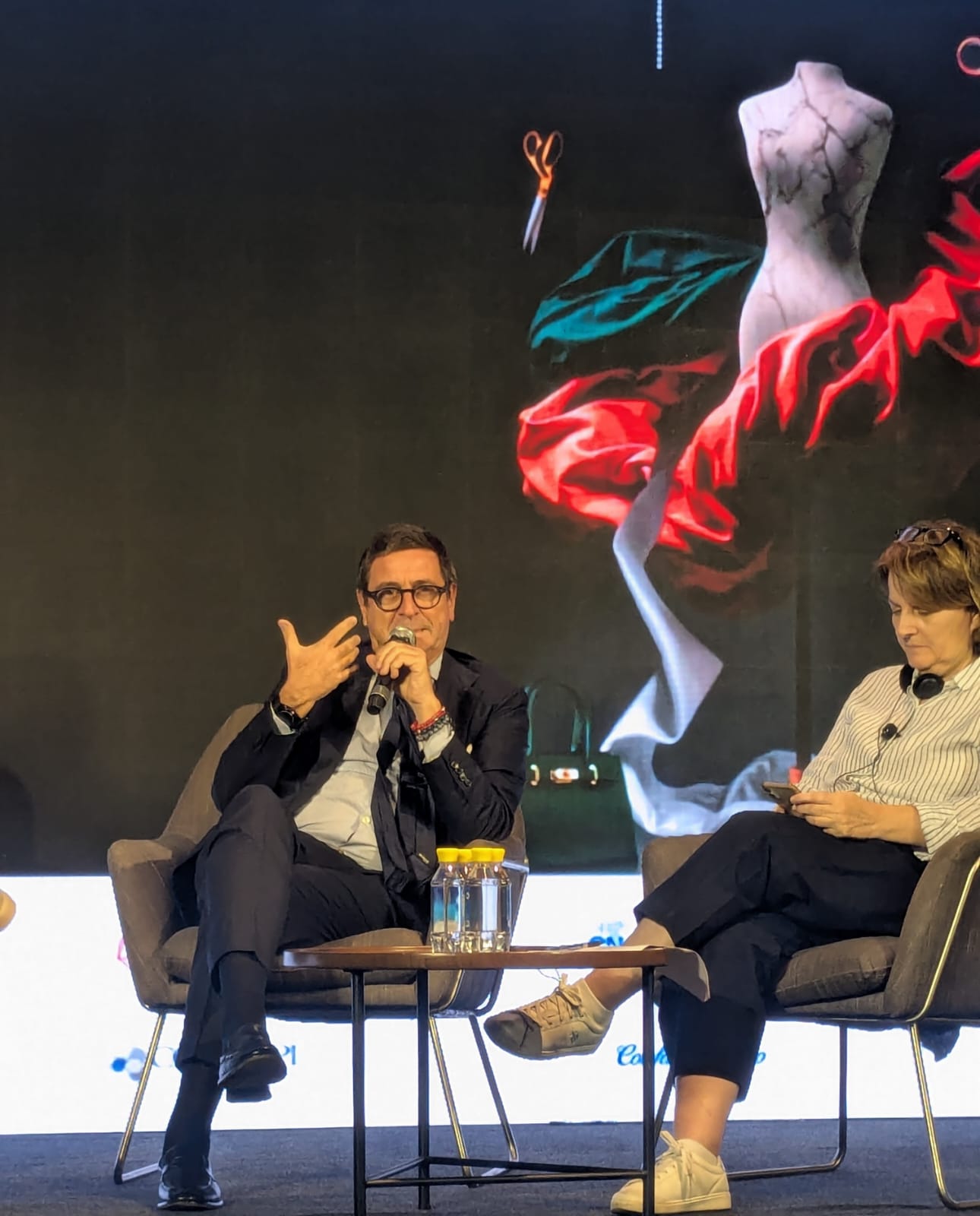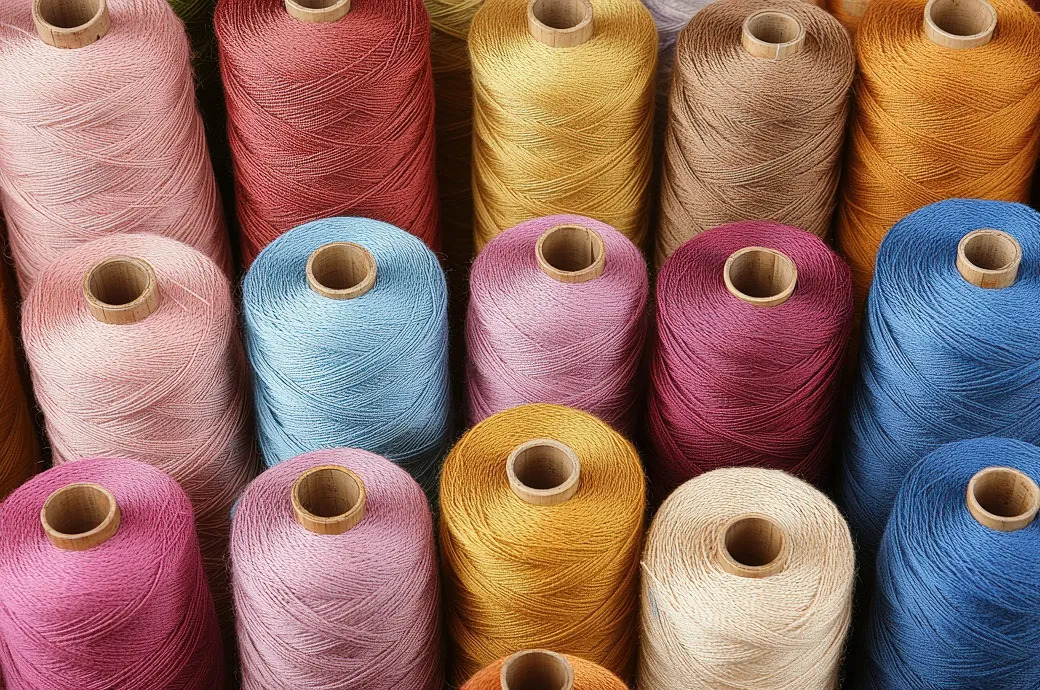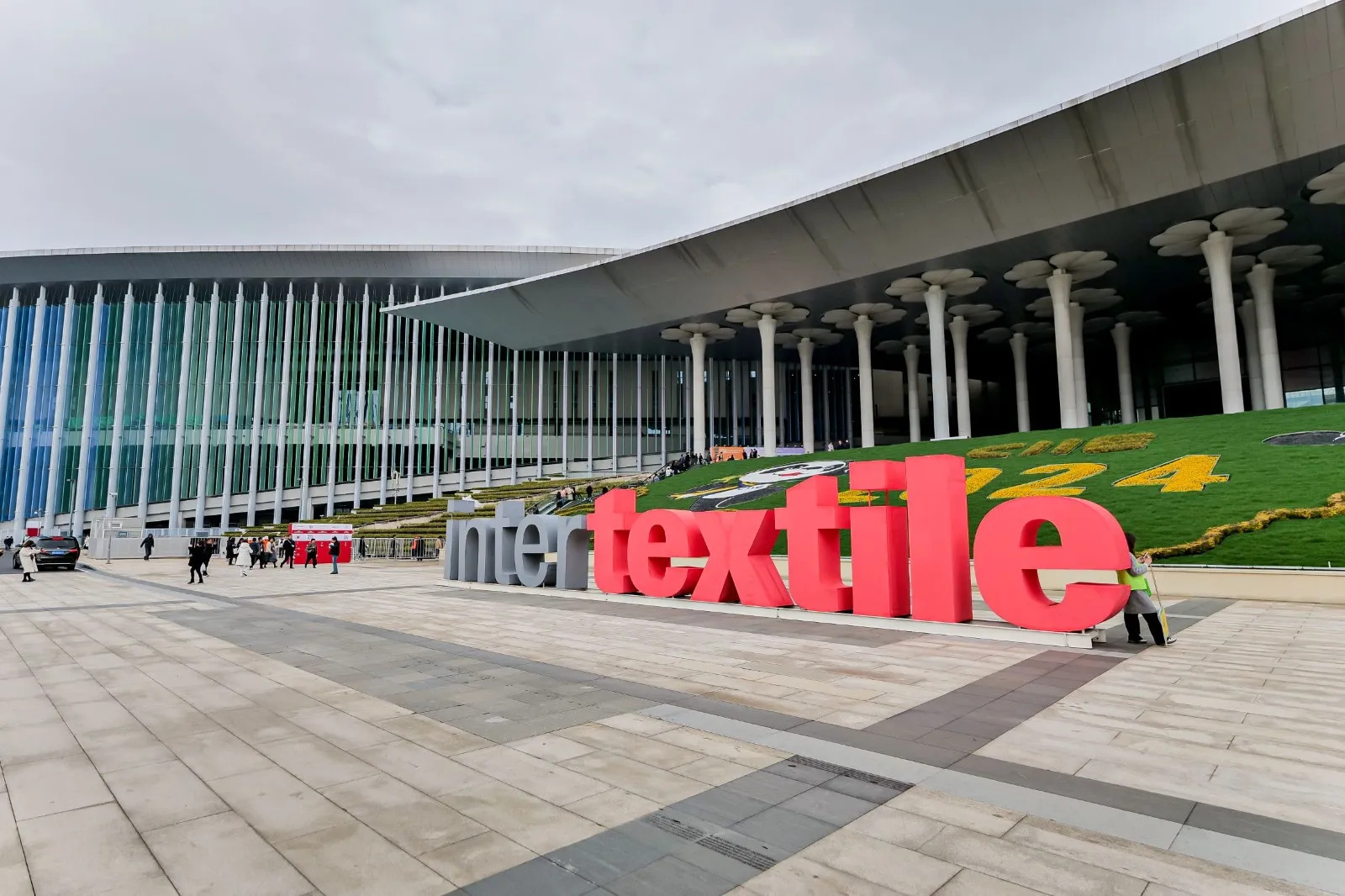 The luxury fashion industry is in the middle of a transformation as fashion designers, executives and retailers are trying to reset the fashion calendar. Earlier this month, Belgian designer Dries Van Noten and others urged designers to not only adjust the seasonality and flow of their women’s wear and menswear collections but also limit discounts at the end of the season.
The luxury fashion industry is in the middle of a transformation as fashion designers, executives and retailers are trying to reset the fashion calendar. Earlier this month, Belgian designer Dries Van Noten and others urged designers to not only adjust the seasonality and flow of their women’s wear and menswear collections but also limit discounts at the end of the season.
They also urged designers to reduce the number of clothes being manufactured, engage in less travel, make use of digital showrooms in addition to personal creative interactions, and review and adapt fashion shows.
Addressing overproduction with periodic drops of collections
Calls for change continue to gain steam within the industry though it is not clear what their outcomes might be. On one hand, luxury and high fashion brands may reduce the
collection size and simplify their business models to meet heightened consumer demands for a more sustainable future. On the other hand, they may opt for smaller drops of products on a more regular basis.
Adopting the first solution may enable them to replace their usual trend-specific creations in favor of fewer offerings. And the second solution may enable them to sell in relatively mass capacity with reduced emphasis on wasteful elements such as excessive runway shows. Though there are greater chance of brands opting for the first solution as it enables them to address the problem of overproduction of garments and accessories that plagues the fashion industry and results in discounting and/or product destruction, particularly as the latter becomes increasingly problematic for brands both socially and legally.
Opting for a more sustainable structure
At the same time, luxe brands may not completely abandon the regular drop model as it helps them to boost revenues and meet shareholder expectations. Brands like LVMH and Kering may instead, adopt a more environmentally and socially sustainable structure and align the newly-released initiatives with customers’ needs. How much of these efforts to address the inherently wasteful and unsustainable elements of the fashion industry play out, needs to be seen.












